In the industrial, urban or environmental sectors, buried or confined networks - be they pipes, ducts or drainage ducts - play a critical role in the smooth running of infrastructures. But all too often, these networks are only inspected in the event of a breakdown or incident. The result: emergency interventions, lengthy worksites, unforeseen costs and even temporary shutdowns.
To avoid these situations, more and more players are adopting a proactive approach: preventive network inspection. Supported by innovative technologies such as those developed by Multinnovthis strategy makes it possible to anticipate failures and intervene at the right time, using tools designed for confined environments. Far from being a constraint, this approach becomes a lever for efficiency, savings and safety.
What is preventive network inspection?
Preventive network inspection involves regularly checking the internal condition of infrastructures that are invisible to the naked eye. Unlike corrective inspections, which take place after an anomaly has occurred, this method aims to identify potential defects before they become critical.
It may concern :
- drinking water or wastewater networks,
- industrial pipelines (gas, chemical fluids),
- ventilation ducts, wiring or technical conduits,
- air conditioning and smoke extraction systems.
The most common types of damage identified by this type of inspection are deposits, cracks, corrosion, water infiltration, deformation, plugging, partial breakage, defective joints and premature wear of materials.
In industrial environments, such monitoring can also be part of a non-destructive testing (NDT) approach, avoiding unnecessary dismantling.
What equipment is needed for inspection?
The choice of equipment strongly depends on accessibility, network diameter, type of environment (dry, wet, confined, under load) and the desired level of precision.
Among the best-performing technologies on the market, Multinnov offers robust solutions designed for confined and demanding environments . Two flagship tools are particularly noteworthy:
- Roview2 floating wireless inspection robot, ideal for partially water-filled or hard-to-reach pipes. It features a rotating 4K camera, powerful LED lighting (up to 12,000 lumens) and exceptional signal range. It enables continuous visual inspection, even in dark and complex environments.
- Stereo2 indoor inspection drone designed for confined aerial environments, such as industrial chimneys, technical ducts or structural work. Its stability, flight precision and ability to move in GPS-free spaces make it a perfect tool for preventive surveillance of high-rise or hard-to-reach structures.
These solutions, made in France, are designed to operate in demanding industrial environments, in compliance with standards such as NF EN 13508-2, essential for televised inspection of sewer networks.
Anticipate to avoid suffering
Failure to anticipate often means suffering the breakdowns, costs and consequences of crisis intervention. A burst pipe can interrupt a production line, pollute the environment, block a road or force the temporary closure of an industrial or commercial site. Conversely, preventive inspection offers a competitive advantage: it enables planned maintenance, with controlled logistics.
In food processing plants, for example, exhaust or ventilation ducts must remain faultless for health reasons. Regular inspection can detect biofilms, deposits or cracks before mold or contamination occurs.
When it comes to urban infrastructure, it's in the best interests of local authorities to inspect their sewer systems before heavy rainfall. Undetected blockages can have serious consequences: backflow into homes, pollution of the natural environment and discontent among residents.
Finally, in the chemical and oil industries, a pipe defect can have major environmental and safety repercussions. Here, preventive inspection is the key to risk control.
The concrete benefits of preventive inspection
Adopting a regular inspection policy means capitalizing on triple added value: economic, safety and operational.
Substantial savings
- A planned intervention costs up to 60% less than an emergency intervention.
- The cost of a robotic inspection (like the Roview2) is often amortized in a single operation, avoiding a critical breakdown.
- Indirect costs (production stoppages, additional logistics costs, compensation, etc.) are avoided.
Improved safety
- Fewer human interventions in hazardous environments.
- Better compliance with safety standards and obligations.
- Anticipation of critical failures (collapse, explosion, leaks, etc.).
Better business continuity
- Fewer unscheduled stops.
- Better planning of maintenance operations.
- Reporting and traceability tools compatible with industrial or urban asset management.
Enhanced brand image
By demonstrating their pro-activity, manufacturers and local authorities enhance their environmental and technical responsibility. The use of innovative equipment, such as the Multinnovrobots, also helps to modernize the image of companies and public services.
Practical applications
Many French companies have already integrated Roview2 and Stereo2 solutions into their maintenance policies. Among the most frequent cases:
- Regular inspection of man-entry and non-man-entry sewers in urban areas (metropolises, inter-municipal associations).
- Monitoring ventilation and smoke extraction systems in motorway and railway tunnels.
- Control of cooling or production lines in water treatment plants or thermal power stations.
- Inspection of areas with potentially explosive atmospheres (ATEX), where conventional means are not permitted.
Multinnov also supports its customers in training operators, customizing equipment and interpreting collected data.
Preventive network inspection is no longer an option, but a necessity in a context of aging infrastructures, optimized budgets and stringent regulations. Thanks to innovative technologies such as the Roview2 robots or Stereo2 drones developed by Multinnovit is possible toanticipate failuresintelligently , without interrupting service or endangering operators.
This paradigm shift - from reaction to prevention - is a winning strategy, combining technical performance, sustainable savings and maximum safety. By equipping themselves with high-performance tools, companies and local authorities are opting for modern, connected and controlled asset management.


